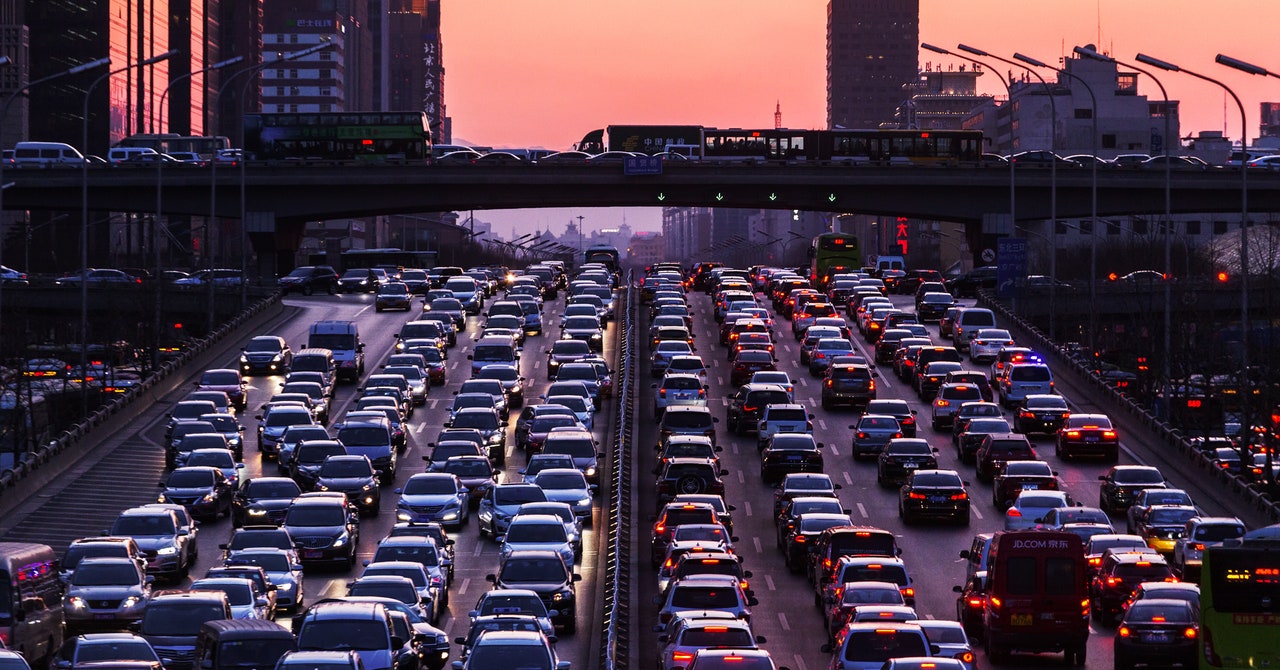
For years, the world has known what it has to do about climate change: hold the line at 1.5 degrees Celsius to stave off the worst effects of warming. To do so we need to make serious cuts to carbon emissions, fast—at least 42 percent from 2019 levels by 2030. That’s been the aim since 2015, when world leaders came together to sign the Paris Agreement. So around this time last year, when global climate negotiators arrived at the United Nations’ annual Conference of Parties meeting, known as COP26, they came with a clear mandate. Yet by the end of the marathon negotiations, they left Glasgow with the carbon arithmetic far from solved.
One year later, the math still isn’t pretty. The margin of error? Somewhere between 0.9 and 1.3 degrees C past 1.5, according to a UN report released shortly before COP27, the next stop on the annual carousel of global climate talks, which begins on Monday. That stubborn overshoot is disappointing, says Taryn Fransen, a senior fellow at the World Resources Institute and one of the report’s lead authors. Since Glasgow, there’s been a year of haggling. Negotiators should be coming back this year in Sharm el Sheikh, Egypt, armed with more ambitious promises that they couldn’t make before: Perhaps their country has found a new way to trim methane emissions or to save a carbon-sucking forest or has passed legislation that funds renewables. And yet, despite promises to the contrary, only a handful of countries have pledged more cuts, which together represent only 0.5 out of the 13 gigatons of CO2 scientists say must be slashed by 2030 to meet the Paris goal.
There have been some bright spots. Australia, led by a newly progressive government, doubled its planned cut to 43 percent below 2005 levels by the year 2030. A handful of other countries, including Chile, which is working to enshrine the rights of nature into its constitution, have already promised more cuts or say they will soon. But most of those updates are from smaller polluters, or from those, like Australia, that are playing catch-up after previously submitting goals that were egregiously lacking in detail or ambition. “A lot of the low-hanging fruit has already been picked,” Jansen says.
Other wins have simply put emitters on the path to making good on last year’s promises. Fransen points to the United States, where the recent Inflation Reduction Act represented a massive step toward meeting its pledge of a 50 percent emissions reduction from 2005 levels. But the US still isn’t on track to reach that commitment. Further upping the ante on its goals this year would “strain credibility,” she says, given the nation’s political gridlock.
Fransen is one of the people in the business of keeping track of all those emissions plans and whether countries are sticking to them. It’s tricky to take stock. For one thing, it means actually measuring how much carbon nations emit. It also involves showing the effects those emissions will have on the climate 10, 20, or 100 years from now.
Unfortunately, it isn’t easy to determine how much CO2 humanity is producing—or to prove that nations are holding to their pledges. That’s because the gas is all over the atmosphere, muddying the origin of each signal. Natural processes also release carbon, like decaying vegetation and thawing permafrost, further complicating matters. Think of it like trying to find a water leak in a swimming pool. Researchers have tried pointing satellites at the Earth to track CO2 emissions, but “if you see CO2 from space, it is not always guaranteed that it came from the nearest human emissions,” says Gavin McCormick, cofounder of Climate Trace, which tracks greenhouse gas emissions. “That’s why we need more sophisticated methods.” For instance, Climate Trace can train algorithms to use steam billowing from power plants as a visible proxy for the emissions they’re belching. Other scientists have been making some progress using weather stations to monitor local emissions.


